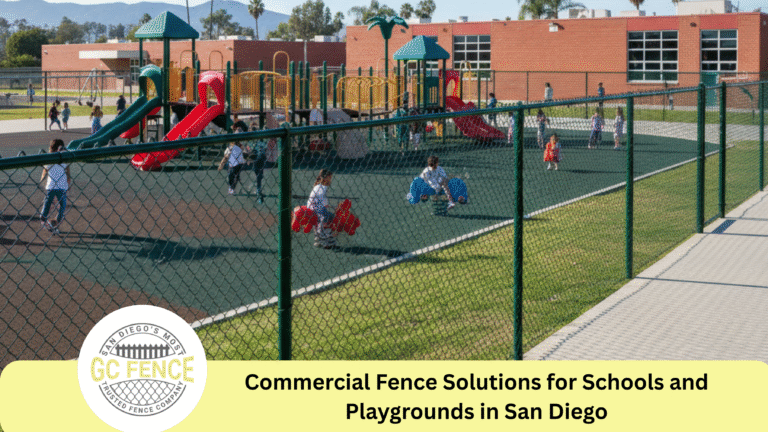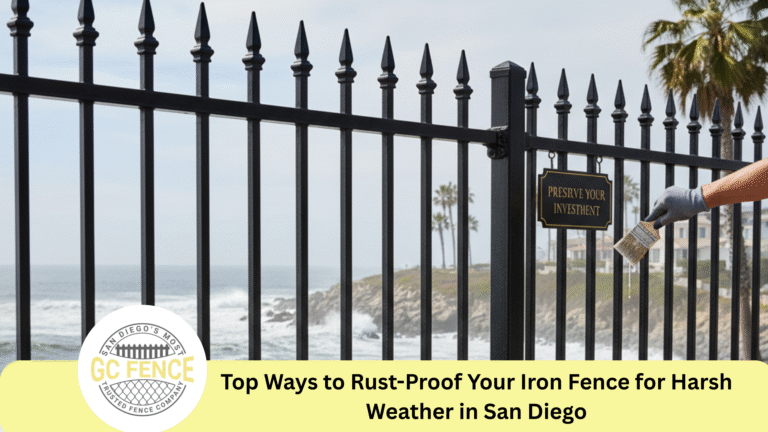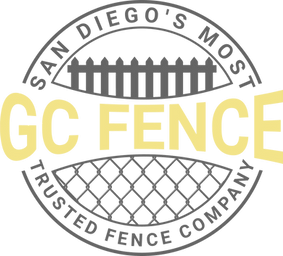Your fence is more than just a boundary line; it offers privacy, protection, curb appeal, and even property value. But like any part of your home’s exterior, fences are subject to wear and tear from weather, pests, and time. Knowing when to repair versus when to replace your fence can save you money, enhance safety, and improve your home’s appearance.
Whether it’s wood, vinyl, chain link, or wrought iron, here are the most common signs it’s time to repair or replace your fence and how to make the right decision.
1. Leaning or Sagging Fence Sections
One of the most obvious signs of fence damage is leaning or sagging. This often indicates:
- Rotting fence posts
- Soil erosion around the base
- Storm damage or wind pressure
- Poor installation or foundational weakness
Repair or Replace?
If just one or two posts are affected, you may be able to reinforce or replace individual posts. However, if the entire fence is leaning or the structural integrity is compromised, replacement is likely the safer and more cost-effective choice.
2. Cracked, Warped, or Broken Boards
Wood fences are especially prone to cracking, splintering, or warping due to sun, rain, and temperature changes.
Repair or Replace?
A few damaged boards can easily be replaced. But if multiple boards are affected across large sections, or if the wood has become brittle and difficult to work with, it may be time for a full replacement.
3. Rot and Mold Growth
Moisture is the enemy of wood fencing. If you notice soft spots, discoloration, or a musty smell, your fence may be rotting from the inside out. Mold and mildew can also spread to nearby areas if left unchecked.
Repair or Replace?
Small patches of rot or mold can be removed and treated. But if you see widespread decay, especially at the base of fence posts or across panels, replacement is the best long-term solution.
4. Rust or Corrosion (for Metal Fences)
Wrought iron and chain link fences can develop rust spots or corrosion over time. This not only looks unsightly but can weaken the structure and lead to dangerous sharp edges.
Repair or Replace?
Surface rust can often be sanded down and treated with anti-rust paint. However, if large portions are corroded or if the metal is bending or breaking, it’s safer to replace the damaged sections or the entire fence.
5. Loose or Missing Hardware
If you notice missing nails, screws, hinges, or brackets, your fence may no longer be secure. This can create safety risks for children, pets, and even your home’s security.
Repair or Replace?
Replacing hardware is a simple fix, as long as the surrounding wood or metal is still in good condition. But if the frame is damaged or no longer holds hardware properly, a replacement might be necessary.
6. Fence Doesn’t Match Your Property Anymore
Sometimes your fence is in good shape, but it just doesn’t fit the look or function of your property anymore. Maybe you’ve renovated your home, landscaped the yard, or simply want better privacy or noise reduction.
Repair or Replace?
In this case, a replacement gives you the chance to upgrade your materials, height, style, and overall curb appeal. Consider modern fencing options like composite, vinyl, or horizontal wood slats for a fresh new look.
7. Pests and Insect Damage
Termites and carpenter ants can destroy wooden fences from the inside out. Holes, tunnels, sawdust piles, or visible insects are all signs of pest activity.
Repair or Replace?
Early detection allows for spot treatment and minor repairs. But extensive infestation often requires replacement and pest control services to prevent recurrence.
8. Repair Costs Are Adding Up
If you find yourself repeatedly repairing your fence, it’s time to evaluate long-term costs. Constant fixes can quickly exceed the cost of a new fence, without offering the same durability or appearance.
Repair or Replace?
If repairs have become frequent or expensive, replacing the fence can save you money and hassle in the long run.
9. Safety and Privacy Concerns
Fences protect your property, pets, and family. If your current fence is failing in its basic function, whether that’s containing animals or providing privacy, it’s time to upgrade.
Repair or Replace?
If the issue is limited to one area, such as a broken gate or sagging panel, a repair may suffice. But for security or privacy upgrades, consider replacing it with a taller or sturdier material.
Final Thoughts
Your fence is a valuable part of your property, and keeping it in top shape ensures safety, curb appeal, and peace of mind. When you start noticing signs like sagging posts, rotting wood, rusting metal, or rising repair costs, it’s time to evaluate whether to repair or replace.
If your fence has reached the end of its life or no longer meets your needs, investing in a new, high-quality fence can improve both the look and function of your outdoor space for years to come. Contact us today!



